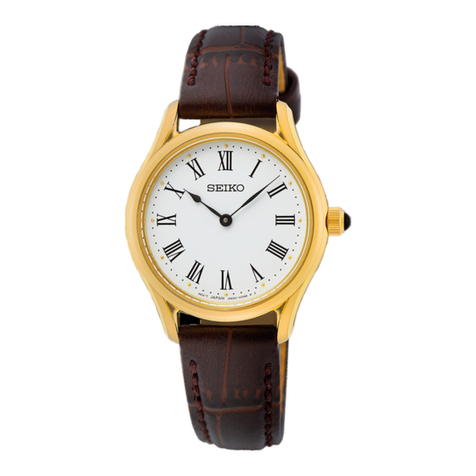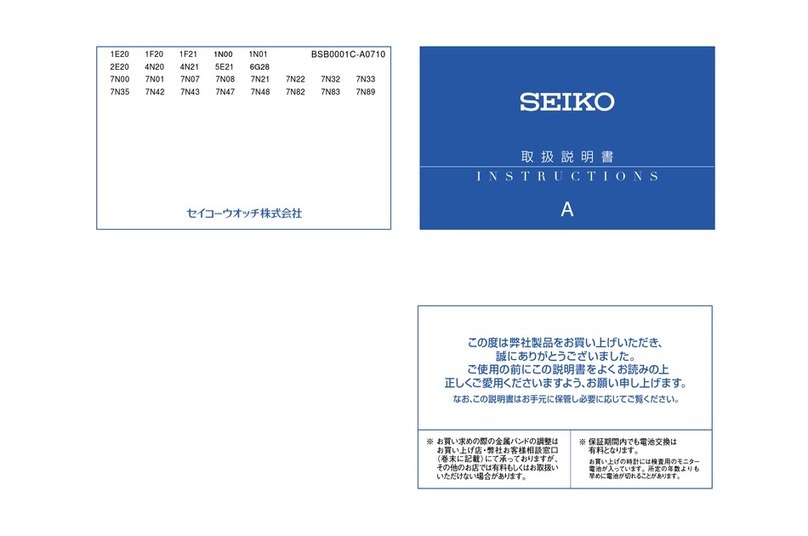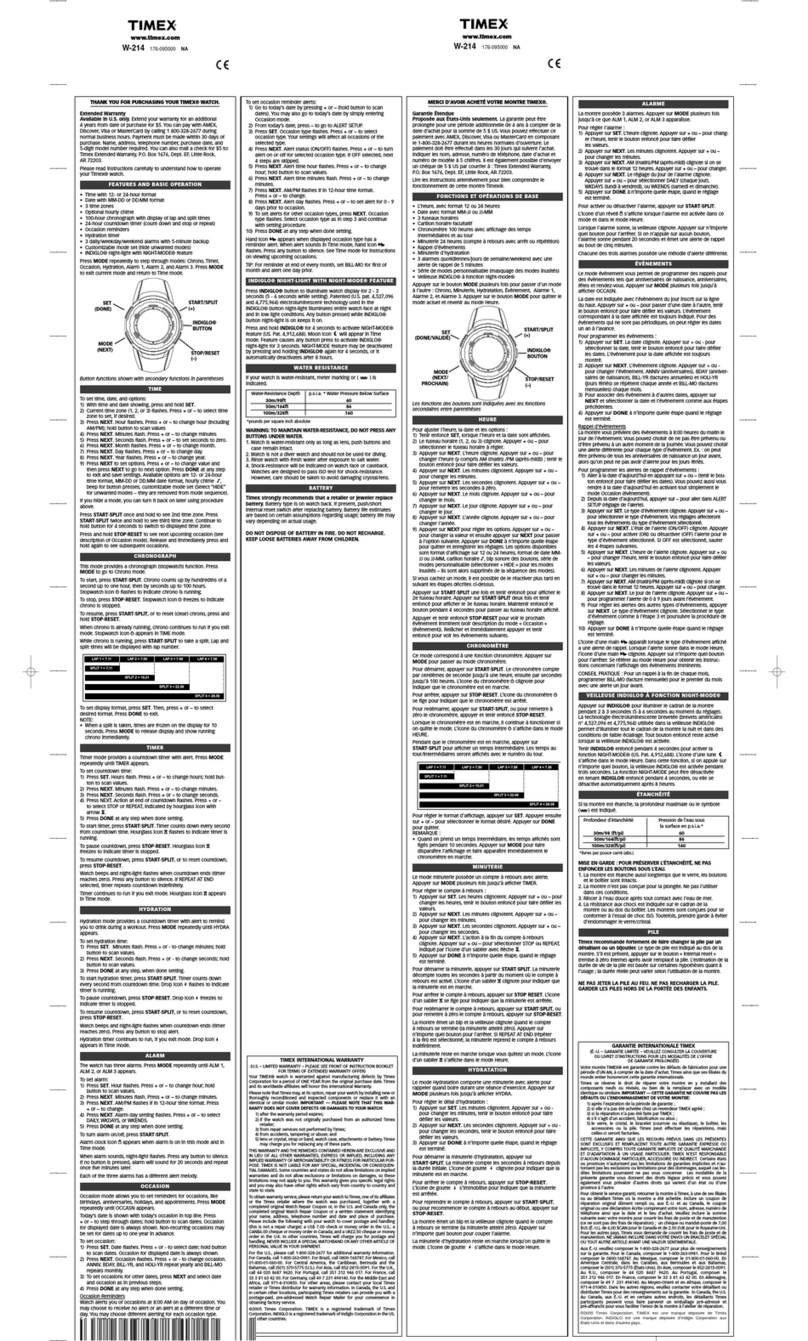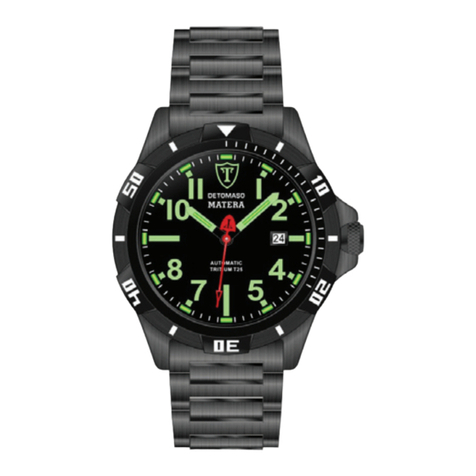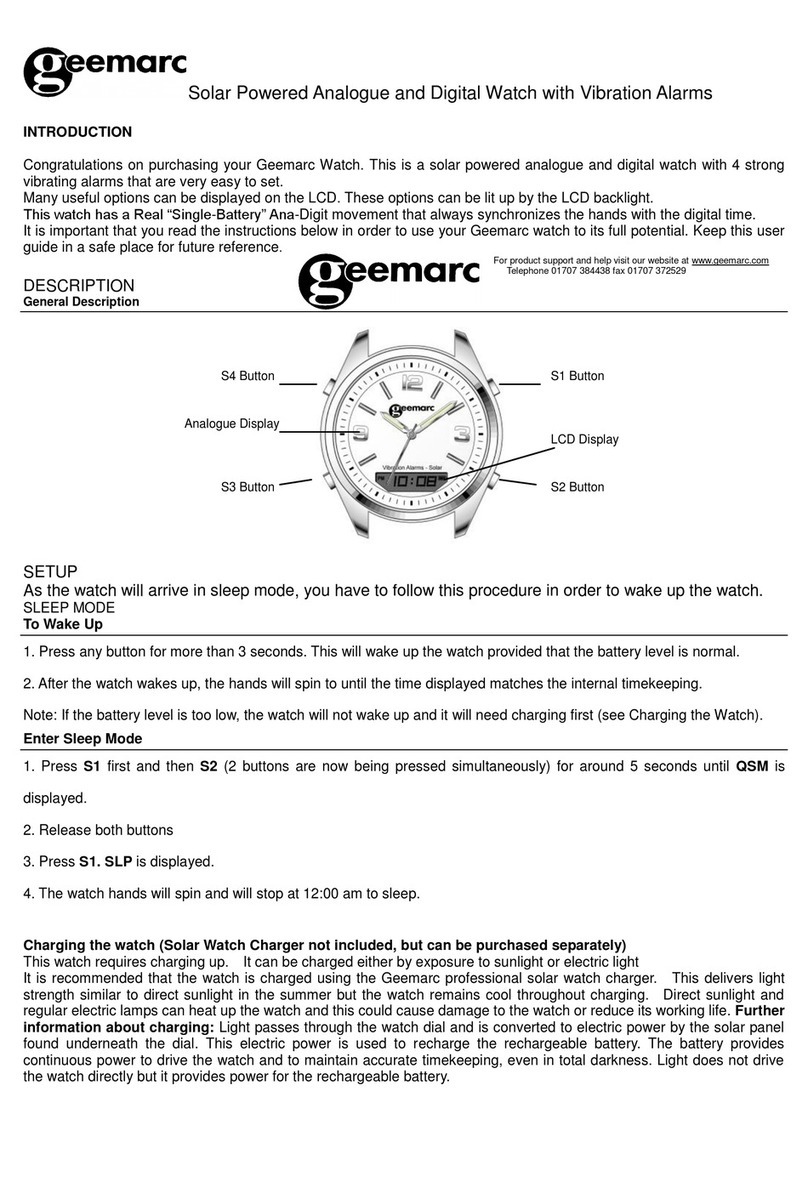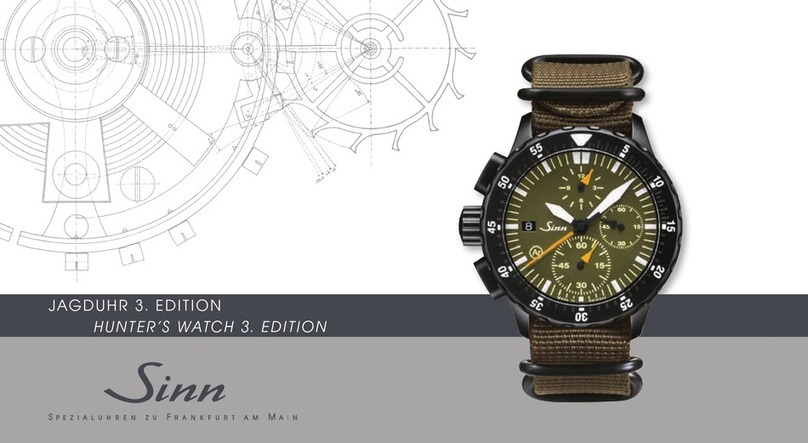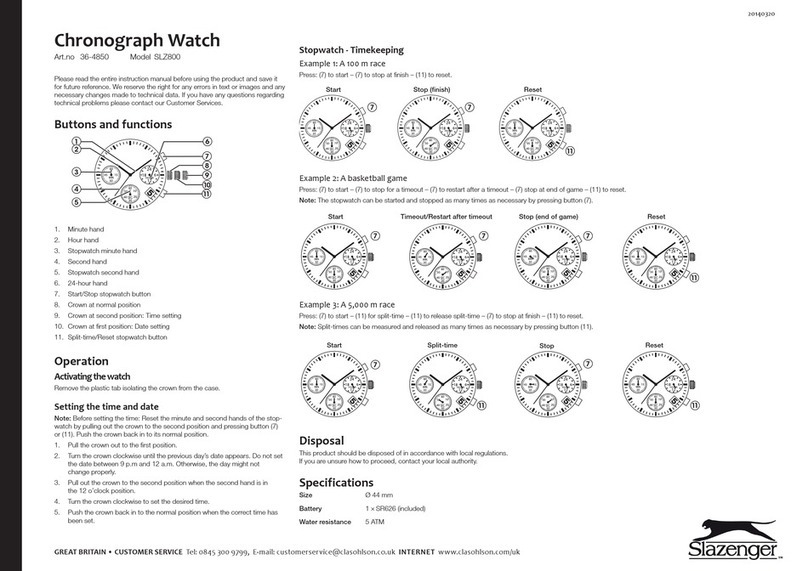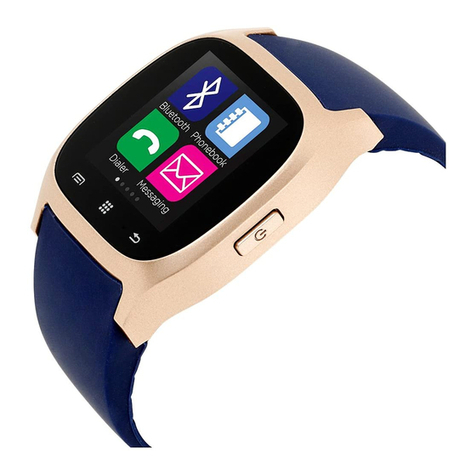Seiko 9S56 User manual
Other Seiko Watch manuals
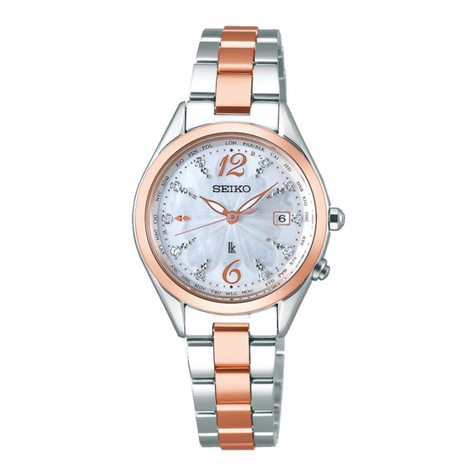
Seiko
Seiko SSQV038 User manual

Seiko
Seiko 8T63A Quick start guide
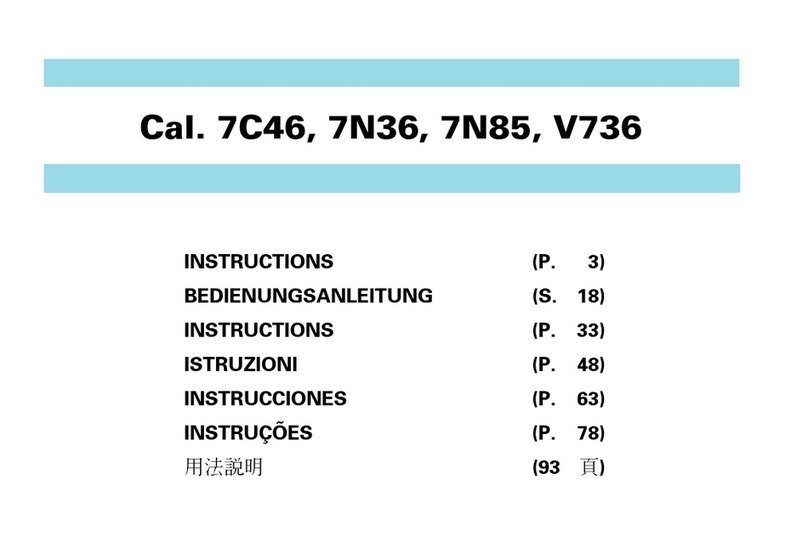
Seiko
Seiko 7C46 User manual

Seiko
Seiko Presage SPB309J User manual

Seiko
Seiko V172A Quick start guide

Seiko
Seiko GRAND SEIKO 9S51 User manual

Seiko
Seiko Conceptual SSB415P User manual
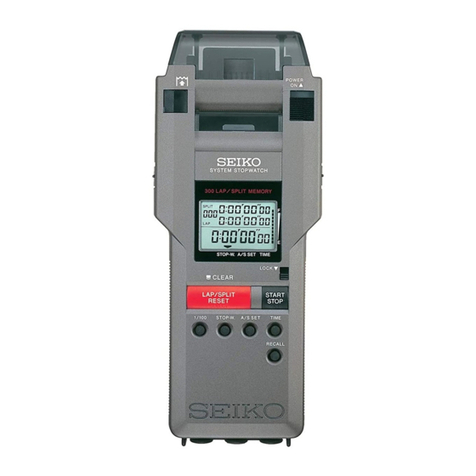
Seiko
Seiko S149 User manual

Seiko
Seiko Caliber 9S85 User manual

Seiko
Seiko 7T82A Quick start guide

Seiko
Seiko 8V22A Installer manual

Seiko
Seiko S610A Installer manual
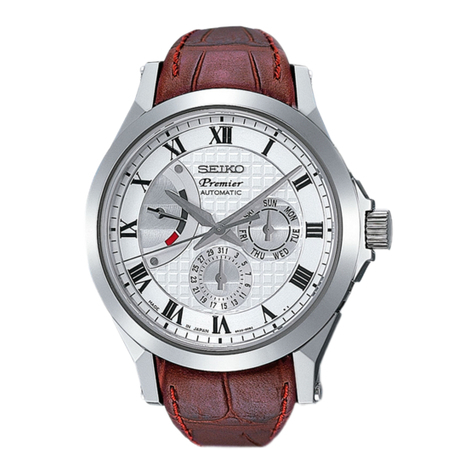
Seiko
Seiko 6R20 User manual

Seiko
Seiko Prospex SSC813P User manual
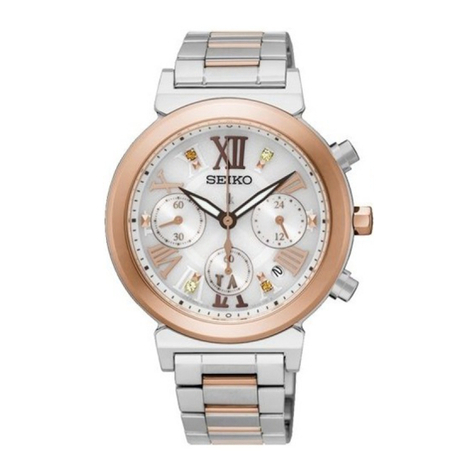
Seiko
Seiko SSC854J1 User manual
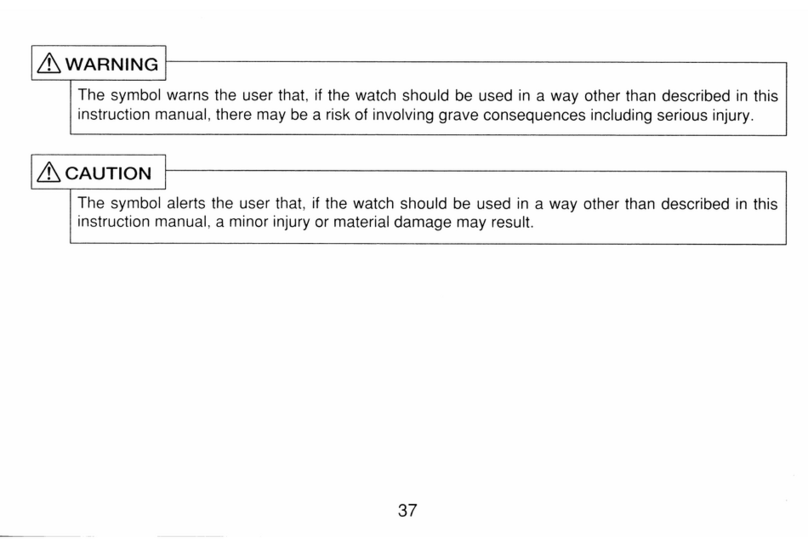
Seiko
Seiko 6S37 User manual
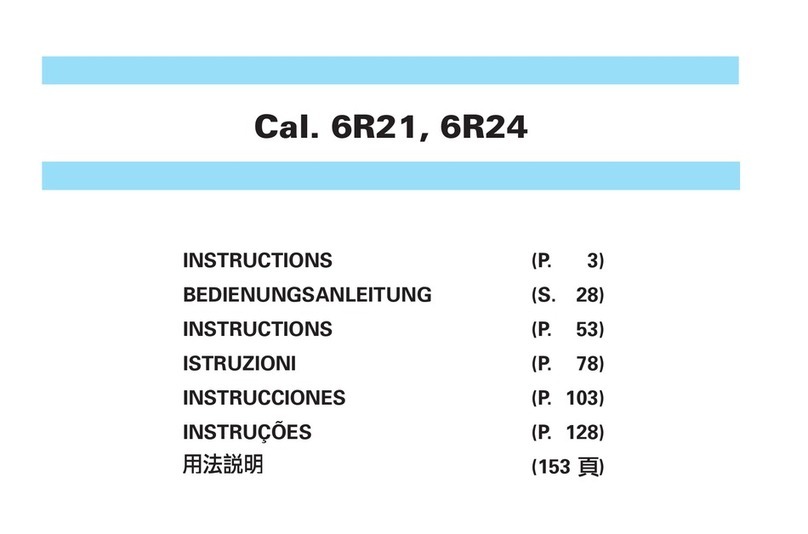
Seiko
Seiko 6R24 User manual

Seiko
Seiko Presage SPB397J User manual

Seiko
Seiko 7T82 User manual
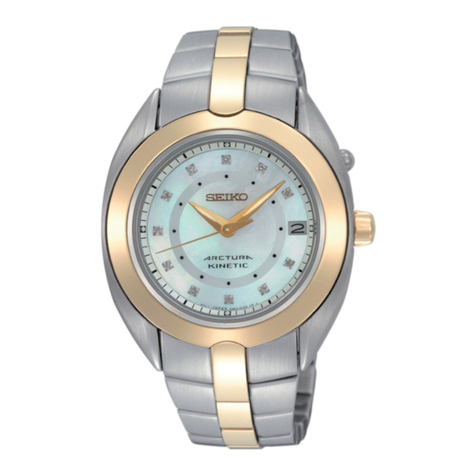
Seiko
Seiko SKA896P1 User manual
